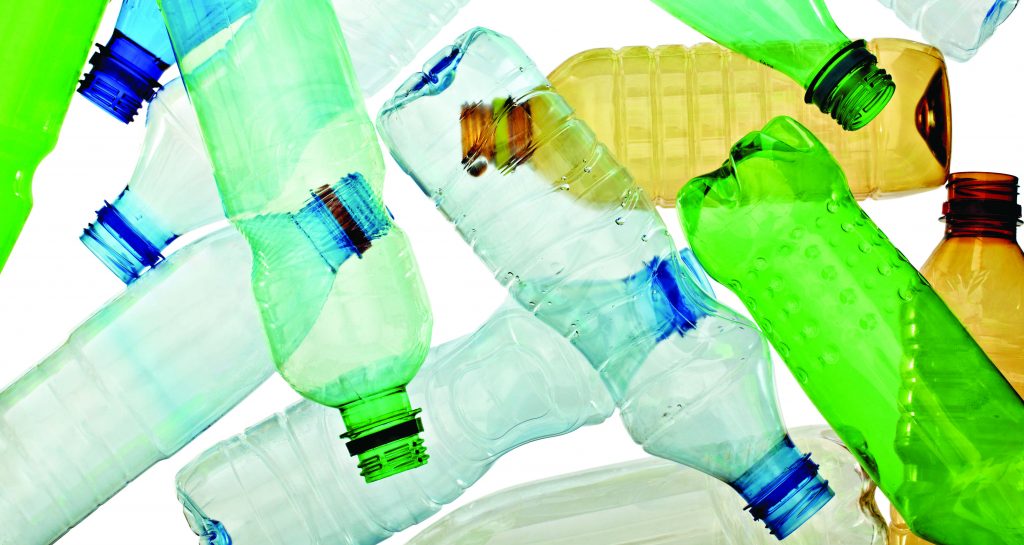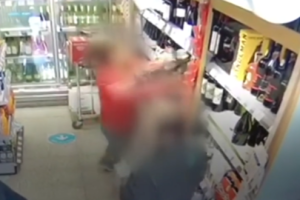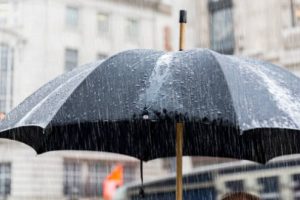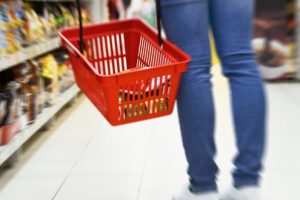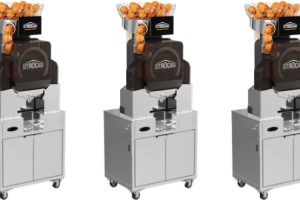Environmental pressure group Greenpeace says retailers can make significant progress on the issue by tackling the way 54 categories are packaged to halve their plastic use by 2025,
The organisation’s report also identifies the 13 key categories at the heart of the plastic problem. They are bottled water, fizzy drinks, milk, still drinks and fruit juices, household cleaning products, detergents and softeners, sports and energy drinks, rice, vegetables and salads, fruit and fruit juice, dilutables and bath and shower products.
The report also claims just that five product categories, bottled water, fizzy drinks, milk, vegetables and salads and wrapped fruit, are estimated to contribute 247,000 tonnes of plastic packaging every year. It claims that reducing the plastic on just these five product categories could reduce supermarkets’ plastic footprints by 35% by 2025.
Nina Schrank, plastics campaigner at Greenpeace, said: “For the first time, data specialists have mapped out where the greatest potential lies for drastically reducing the volume of plastic packaging going through our supermarket tills. The challenge to change our plastic habits, move to widespread reuse and refill systems, and turn the tide on plastic pollution, is vast. It will not be easy but it will be possible, and we think supermarkets can do it.”
The report shares data analysis for the amount of plastic packaging supermarkets are producing each year, based on 2019 sales figures. It features new calculations for the estimated weight, sales units and number of components (pieces) of plastic in grocery shopping. Previous research has not detailed the number of components, such as the individual lids, labels and films, and earlier studies had not examined plastic use in terms of product categories.
Greenpeace’s report not only provides up-to-date calculations of how much plastic packaging supermarkets are using, but also provides a model for how they could cut that figure by 50% within five years.
 Talking Retail Grocery and product news for independent retailers
Talking Retail Grocery and product news for independent retailers
